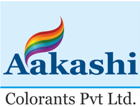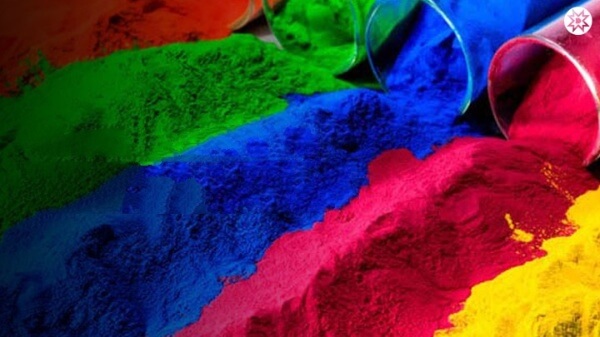The pigment market is experiencing significant growth, driven by several factors related to the demand for sustainable, versatile, and high-performance solutions in various industries. Pigments are used in a range of applications, including paints, coatings, inks, textiles, and cosmetics, and the growing demand in these sectors is a primary driver behind the market’s expansion.
Key Drivers of Growth in the Pigment Market:
1. Increased Demand for Sustainable Products
- Environmental concerns are leading to a preference for water-based and low-VOC (volatile organic compound) pigments in coatings and paints. Pigments typically offer reduced environmental impact compared to solvent-based alternatives.
- Consumers and manufacturers are becoming more aware of sustainability, and this has boosted the demand for eco-friendly and non-toxic pastes.
2. Growth in End-User Industries
- Paints and Coatings: The construction and automotive industries are significant consumers of pigment pastes for producing high-quality paints and coatings. Urbanization, infrastructure development, and increasing automotive production globally are driving this demand.
- Printing Inks: The increasing demand for digital printing and packaging, especially in the e-commerce sector, is another key factor contributing to the growth of the pigment market.
- Textiles: The textile industry, especially in regions like Asia-Pacific, is increasingly adopting pigments for their ability to produce vibrant colors in fabric printing.
- Cosmetics: The cosmetics industry has also adopted pigments in the development of makeup products, including foundation, lipsticks, and eyeshadows, as they provide smoother application and better color consistency.
3. Technological Advancements
- Advances in pigment formulation and production technologies have improved the performance characteristics of pigments, making them more durable, resistant to fading, and capable of providing superior color quality.
- Innovations in technology have allowed manufacturers to create more stable, high-performance pigments that cater to diverse needs across industries.
4. Regulations and Standards
- Stricter regulations regarding the use of harmful substances like heavy metals in paints and coatings are encouraging the shift towards safer alternatives such as pigments. These pigments comply with global standards related to product safety and sustainability.
5. Geographic Expansion
- The Asia-Pacific region, especially countries like China and India, is a major hub for the growth of the pigment market. Rapid industrialization, growing construction projects, and the expanding automotive and textile sectors in this region are substantial contributors to market growth.
6. Consumer Trends
- Increasing demand for high-quality and vibrant products, especially in sectors like fashion, automotive, and home decor, is driving the demand for pigments, as they provide bright and lasting colors.
Challenges Facing the Pigment Market:
- Raw Material Cost: The fluctuating prices of raw materials like pigments and emulsifiers can affect the overall cost structure of pigments, making it challenging for manufacturers to maintain competitive pricing.
- Competition from Alternative Technologies: Other colorant technologies, like Reactive dyes, Vat dyes, Inorganic pigments could pose competition in certain applications.
Market Outlook:
The pigment market is projected to continue growing at a steady pace, with increasing emphasis on eco-friendly, high-performance, and versatile solutions. The global market for pigment pastes is expected to see growth at a compound annual growth rate (CAGR) of around 4% to 6% from 2023 to 2030, though actual figures may vary depending on the specific region and application. Market players are likely to invest in research and development (R&D) to improve product formulations and meet the evolving demands of end-user industries. Additionally, regional trends, such as the rise of urbanization in Asia-Pacific, are expected to provide a significant boost to market expansion in the coming years.


